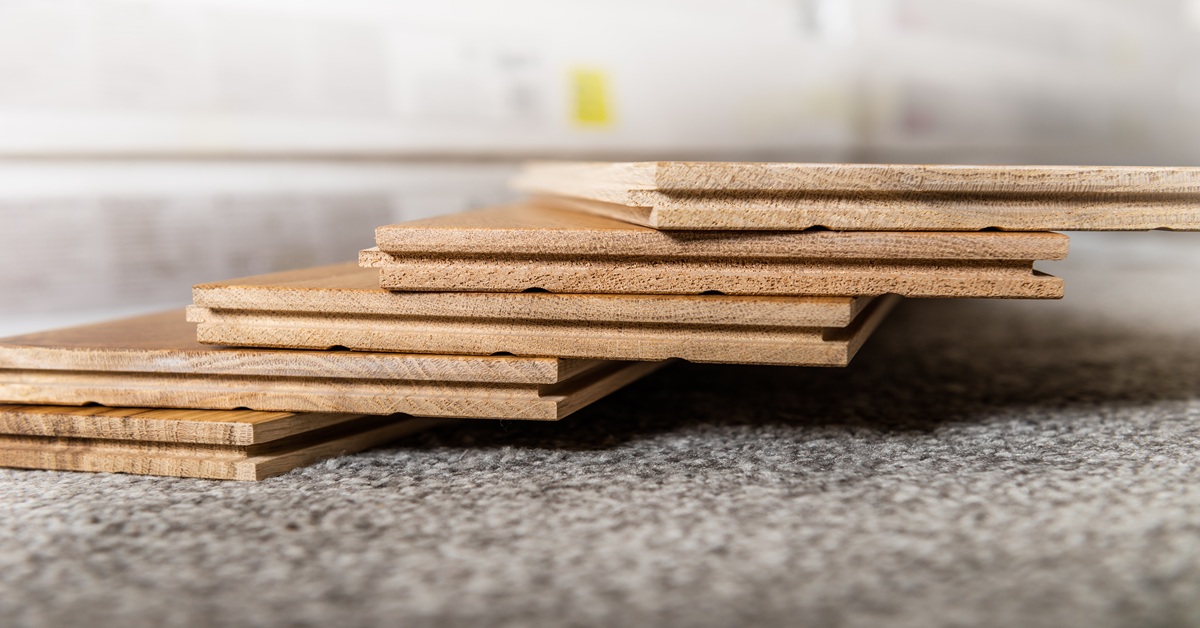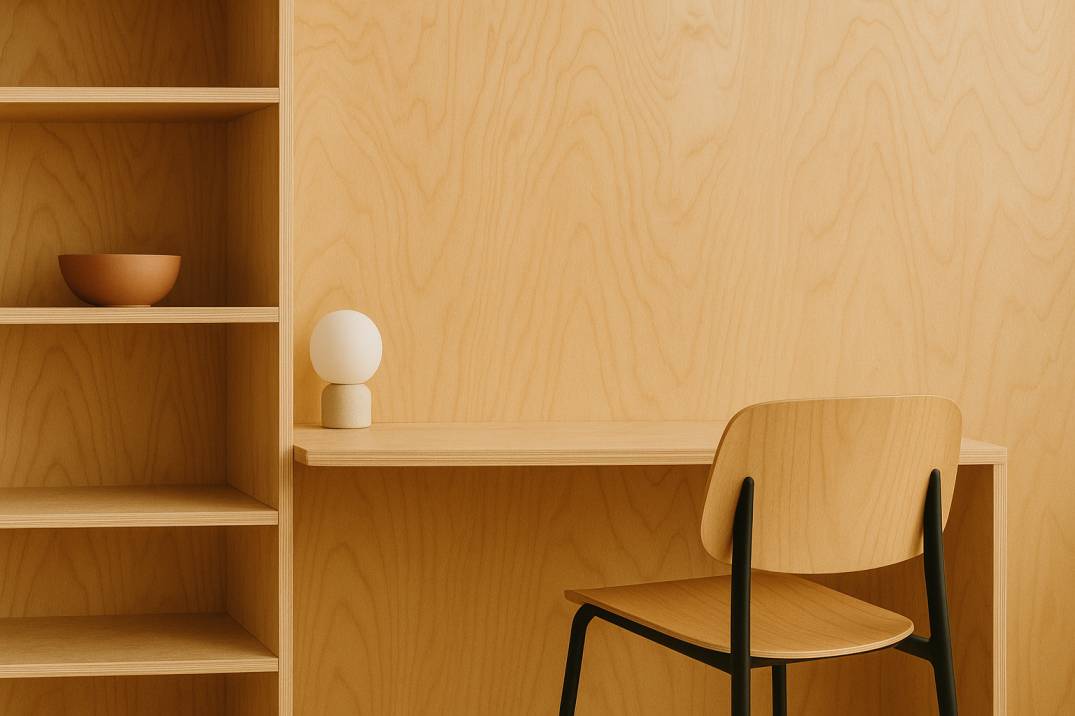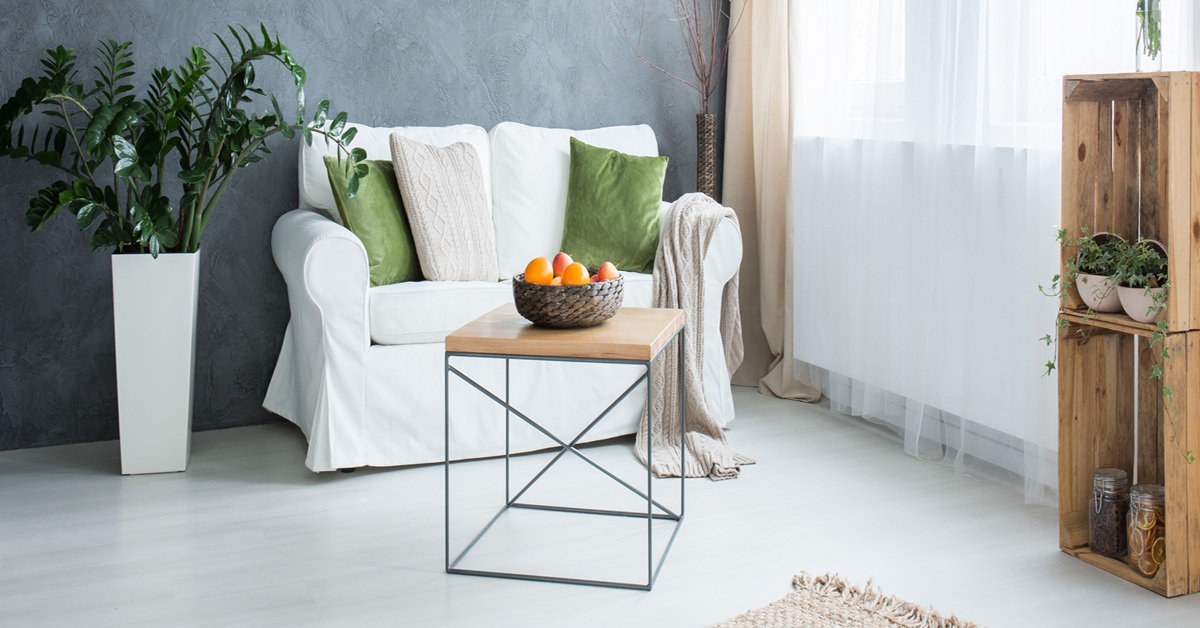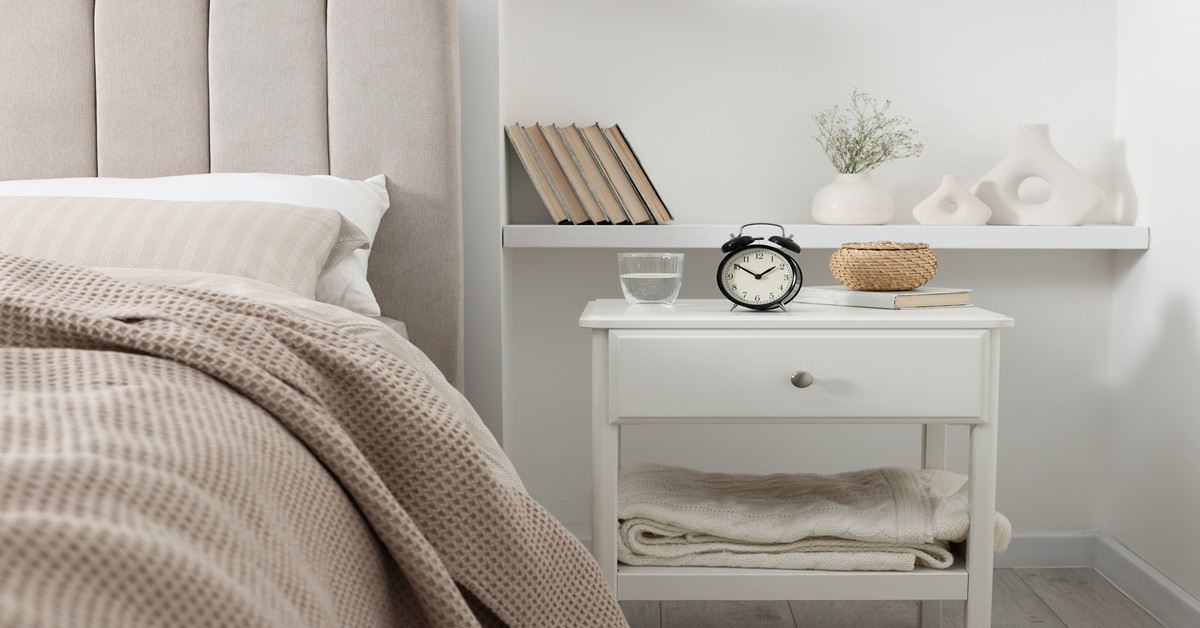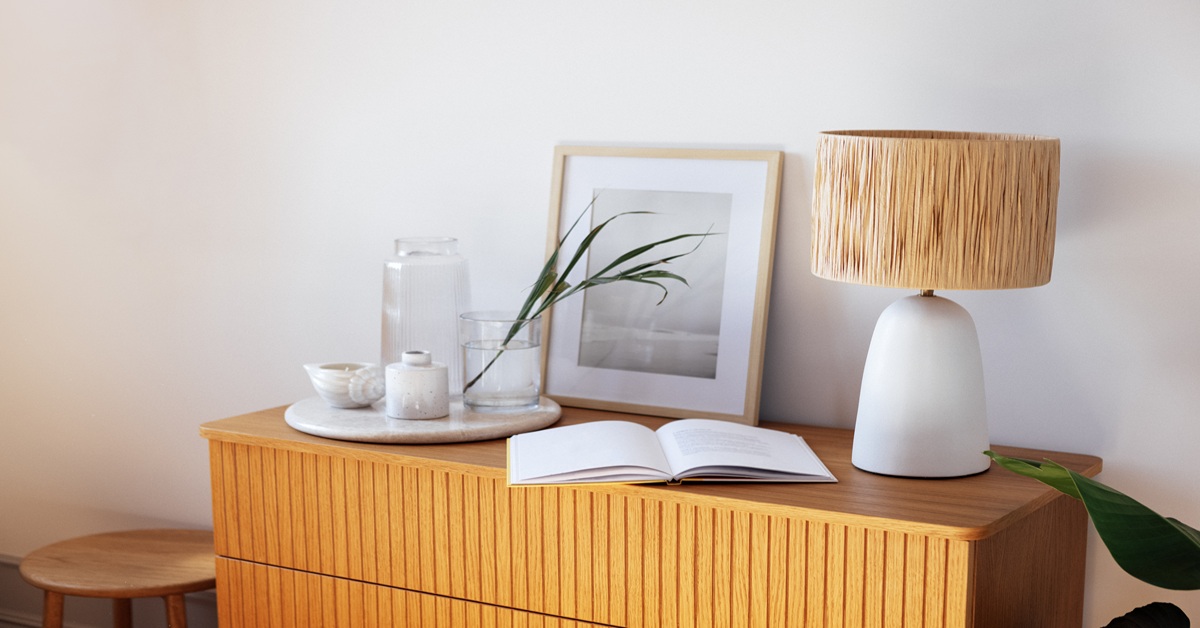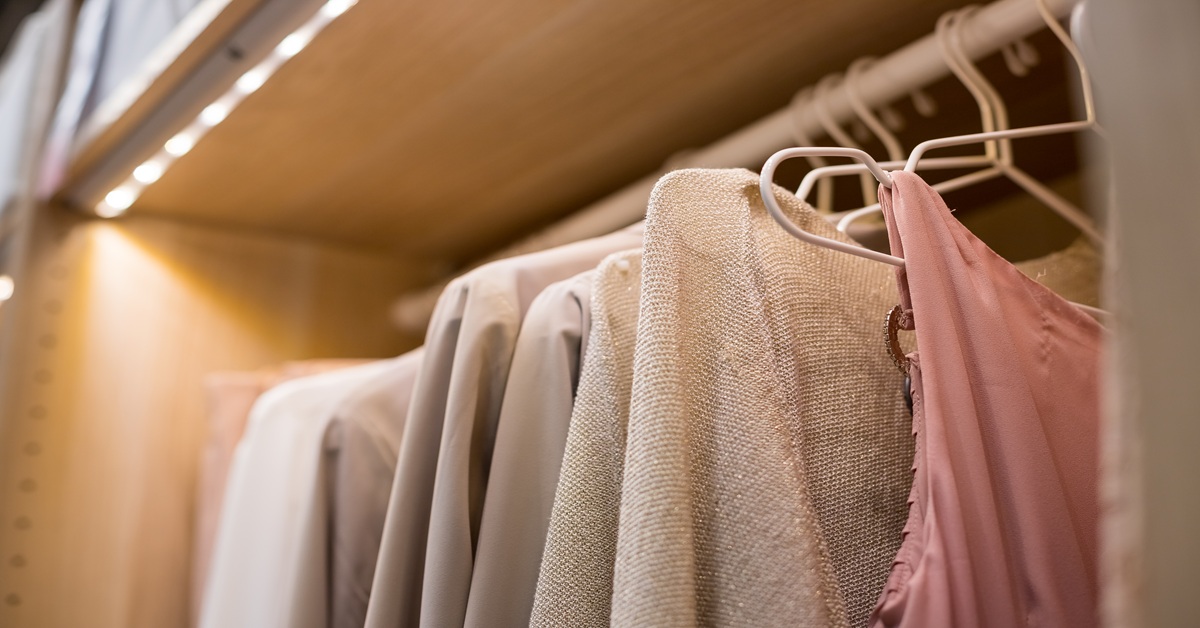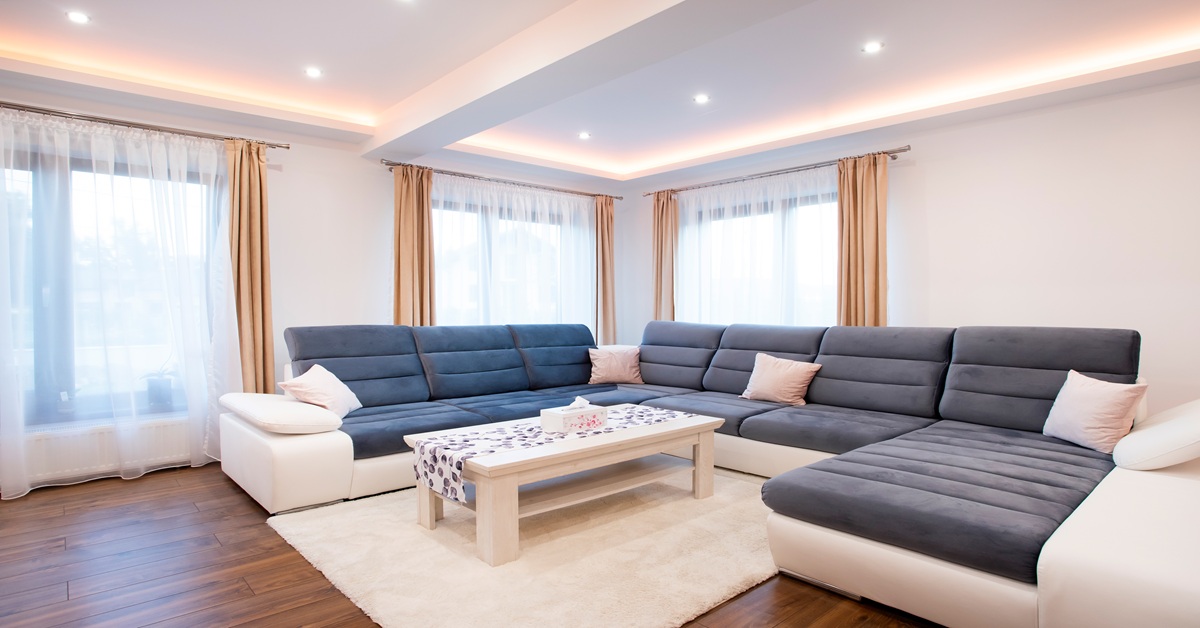When you’re working with sheet materials, the thickness of the plywood you choose is more than just a matter of measurements, it’s a key factor that affects how strong, stable, and well-suited the material is for its purpose. Whether you’re doing intricate woodworking or large-scale building, it’s important to know how plywood’s thickness affects these qualities. This will help your projects go well and last a long time. Picking the right thickness of plywood is very important for many things, from strong structural parts that need to hold a lot of weight to flexible decorative pieces that need to be able to bend. This blog post discusses the connection between plywood thickness, strength, and application. It shows how Wigwam Ply has a wide range of plywood thickness choices to perfectly meet the needs of different projects.
Table of contents
The Direct Correlation: Plywood Thickness and Strength
Standard Plywood Thickness Options and Their Common Uses
How Plywood Thickness Impacts Different Applications
Factors Beyond Plywood Thickness to Consider
Choosing the Correct Wigwam Plywood Thickness
The Direct Correlation: Plywood Thickness and Strength
In the field of material science, there is a basic rule that relates directly to plywood, as the thickness of plywood increases, so does its strength and load-bearing capacity. Several important things led to this straight link. A lot more veneer layers, or plies, are usually found in thicker plywood than in thinner plywood. Adding another layer makes the plywood stronger and more rigid as a whole. This extra amount of plies makes the cross-laminated structure stronger, so it can resist bending and deformation better when it’s under stress.
Another thing is that a bigger sheet of plywood naturally has more wood fibre and glue in it, which means it can handle more weight. This extra volume in the material makes it stronger in all three ways: bending, tension, and compression. Another important thing is that a thicker board is better at resisting deflection. When weight is put on a plywood panel, it will bend, which is also called deformation. Thinner plywood of the same size will bend a lot more than thicker plywood of the same size when the load is applied. When used for things like flooring and shelves, where too much bending can ruin the look and function, this trait is very important.
Lastly, bigger plywood gives screws, nails, and other fasteners more surface area to grip. This makes the joints stronger and more secure, which is an important thing to think about when building furniture and structures. Knowing that the thickness of plywood affects its strength is the first thing you need to do to choose the right material for your project. Wigwam Ply has a wide range of thickness options for plywood, all of which are designed to provide the strength needed for their specific uses.
Standard Plywood Thickness Options and Their Common Uses
Typically, the plywood sector offers a range of standard plywood thickness options that are well-suited to specific types of applications. To make an informed decision, it helps to be aware of these typical applications and thicknesses:
- 1/3 to 6 mm (1/8″ to 1/4″): These thinner varieties of plywood are lightweight and versatile, making them ideal for non-structural applications including ornamental panels, craft projects, cabinet backs, and drawer bottoms. Despite their poor load-bearing strength, their flexibility makes them ideal for use on curved surfaces.
- 9mm to 12mm (3/8″ to 1/2″): These medium plywood options offer a good compromise between weight and strength. This is where their lightweight furniture structure, (well-supported) cabinet sides and shelves, wall panelling, and partitions come in handy.
- 15mm to 19mm (5/8″ to 3/4″): These thicker plywood alternatives are perfect for more demanding applications because to their exceptional strength. They are suitable for use as subflooring in some residential buildings, as well as for heavy-duty shelving, sturdy furniture (tables, workstations), and other similar items.
- 7/8″ to 1″ (22 mm to 25 mm): The thickest plywood options provide the best combination of strength and rigidity. Typical applications include concrete formwork, structural components, high-traffic flooring, and heavy-duty furniture.
Don’t forget about thickness. Find out how plywood thickness affects your building and carpentry skills.
How Plywood Thickness Impacts Different Applications
The intended application of the plywood significantly influences the thickness required of the material:
- Furniture Construction: For support and load-bearing components like table legs and frames, plywood at least 18 mm thick should be used when constructing furniture. The thinner plywood (12 mm or less) would be sufficient for the panels and door sides, depending on the weight and size of the project.
- Cabinet boxes: Larger shelves and cabinet boxes usually benefit from 18mm plywood since it strengthens them and prevents drooping. On smaller shelves and pieces without weight, narrower choices (12mm or 9mm) can be employed. Typically, back panels call for 3mm to 6mm plywood.
- Flooring: To support floor finishes and foot activity, subflooring must be rather sturdy and rigid. Building guidelines and the spacing between the joists allow the plywood used for the subfloor to have a thickness between 15mm and 25mm.
- Wall Panelling: Simple decorative wall panelling calls for 6mm to 12mm plywood, usually. For solid shear walls, however, you must use plywood with a minimum grade and at least 15mm thickness.
- Roofing and Sheathing: Sheathing for roofs must be able to withstand wind loads and provide a firm place for the roofing materials. Local building regulations and the distance between rafters will determine the thickness of plywood used for roof insulation, between 12mm and 19mm.
Factors Beyond Plywood Thickness to Consider
Although the thickness of plywood is a key factor in determining its strength and suitability for a given application, other qualities have a big impact on whether or not plywood is a good choice for a given project. The grade of the plywood (for example, A–D, BB/CC) shows how good the face veneers are and how many flaws there are, which can affect both the look and the strength to some degree. In general, better grades have fewer flaws. Different kinds of plywood, like marine-grade, MR grade, BWR grade, and BWP grade, are made for different uses and have different levels of strength, flexibility, and resistance to water. It can also depend on how many plies are used.
Thinner plies can sometimes make the fabric more stable and less likely to warp than thicker plies of the same total thickness. The type of core (veneer core, particleboard core, or MDF core) affects how heavy, stable, and able to hold screws the plywood is. Finally, the kind of glue used to stick the veneers together affects how well the plywood resists water and heat, which has an indirect effect on its long-term strength and sturdiness. Finding out about the different thicknesses of plywood that Wigwam Ply has to offer is only the beginning. These other things will help you make a smart choice for your project.
Explore the range of plywood thickness choices at Wigwam Ply.
Choosing the Correct Wigwam Plywood Thickness
At first glance, choosing the right thickness of plywood for your job may seem hard, but Wigwam Ply is committed to making this process easier. If you are using Wigwam Ply products, think about how much weight the plywood will have to hold before you choose the thickness.
Heavier loads need thicker plywood. How thick the plywood needs to be to keep it from sagging will depend on the span and support, which is the distance between the holding structures. Longer spans need thicker plywood.
The environment is also very important. If the plywood is wet or muggy, you might want to choose a higher grade with better glue and maybe a little more thickness to make it more stable. You should also think about how you’re going to attach things, because bigger plywood has more material to hold screws and other fasteners securely. The thickness of the board doesn’t have a direct effect on the finish on the top, but it can change how well the edges are finished.
Finally, you should always think about how much something costs. Thick plywood is usually stronger, but it costs more, so you need to find a balance between your budget and your strength needs. For each thickness of plywood that Wigwam Ply sells, it gives full details, such as strength ratings and recommended uses. Our knowledgeable team is also here to help you choose the best type and thickness for your job, making sure it works well, lasts a long time, and doesn’t cost too much.
For your plywood thickness requirements, trust Wigwam Ply; build with confidence.
FAQs
1. In what direct sense does plywood thickness determine its strength?
Generally speaking, thicker plywood has more veneer layers and material volume, which increases resistance to bending, tension, compression, and deflection, therefore raising its total strength and load-bearing capability.
2. What usual uses and common thickness ranges apply to plywood?
Medium thicknesses (9–12mm) fit lightweight furniture and partitions; thinner options (15–19mm) are for robust furniture and some subflooring; the thickest (22–25mm) are used for structural components and heavy-duty applications. The thinner plywood (3–6mm)
3. Apart from thickness, what other things should I consider to choosing the plywood?
Other key elements include the plywood grade (appearance and some strength), plywood type (for particular features like water resistance), number of plies (stability), core type (weight and screw holding), and glue type (moisture and heat resistance).
4. In what way does the intended plywood application affect the necessary thickness?
Load-bearing criteria, span between supports, possible deflection, and fastening techniques, determine the required thickness. For flooring and structural parts, for instance, thicker plywood is usually required than for ornamental wall panelling.
5. How can Wigwam Ply help me decide the best plywood thickness for my project?
With thorough specifications including strength ratings and suggested uses, Wigwam Ply provides a large spectrum of plywood thickness alternatives. Based on the expected weight, span, ambient circumstances, fastening techniques, and desired finish of your project, their seasoned experts may offer professional advice.

